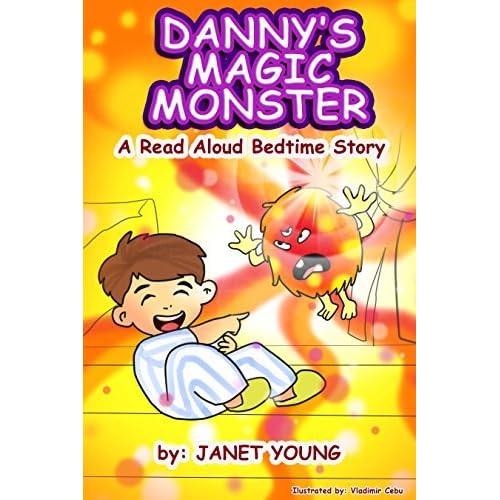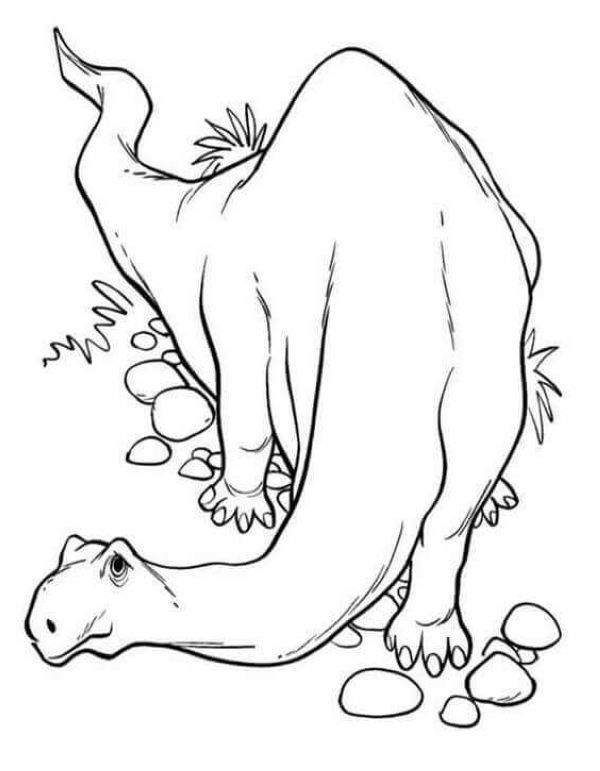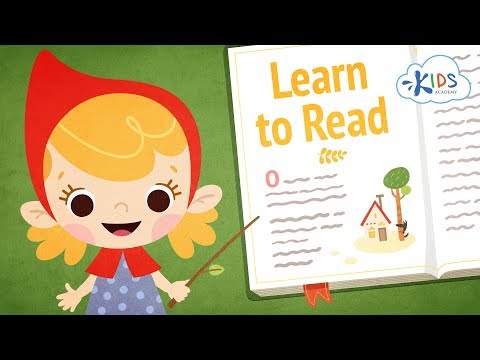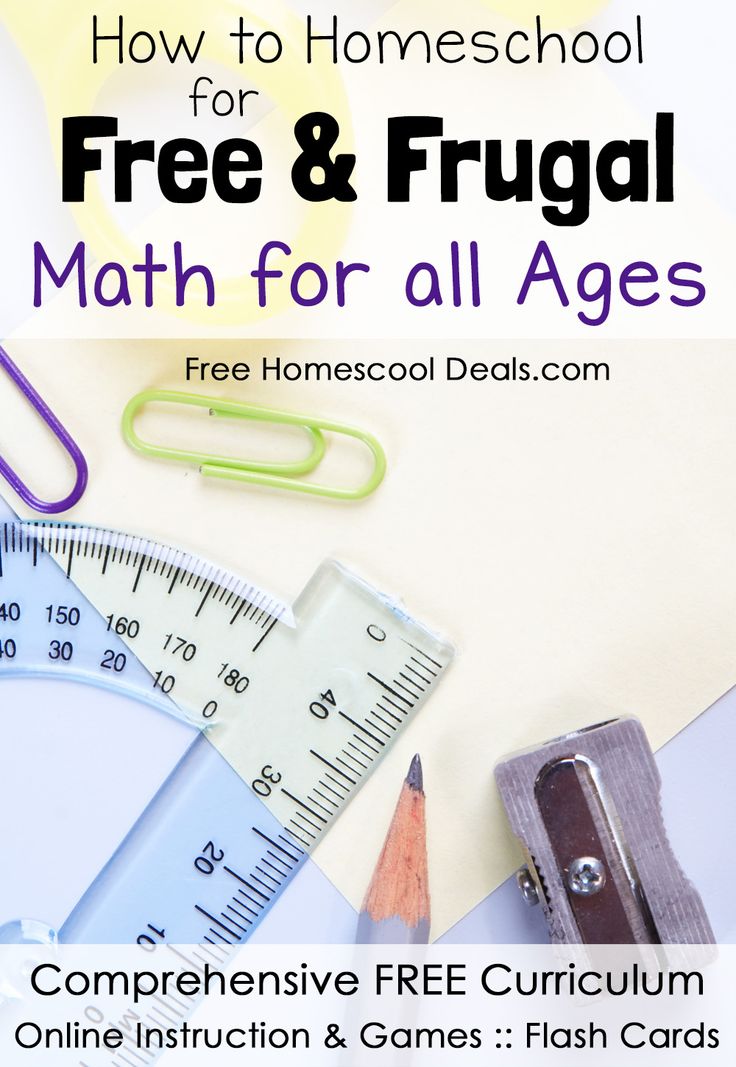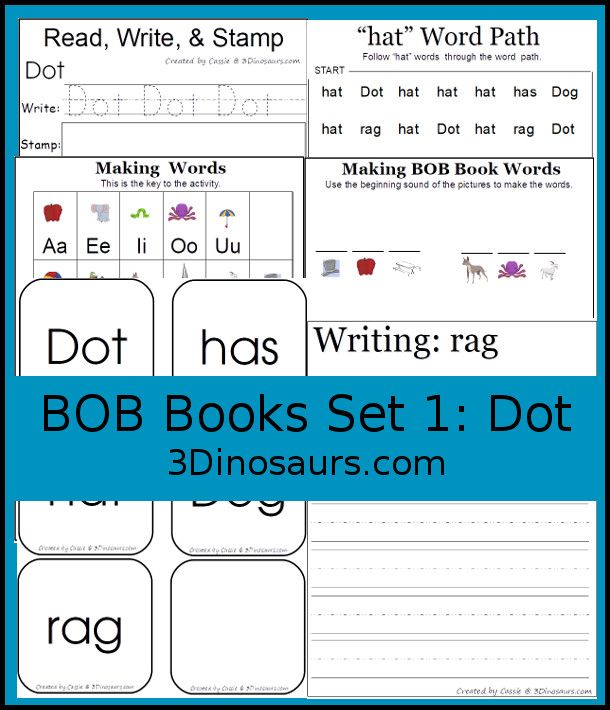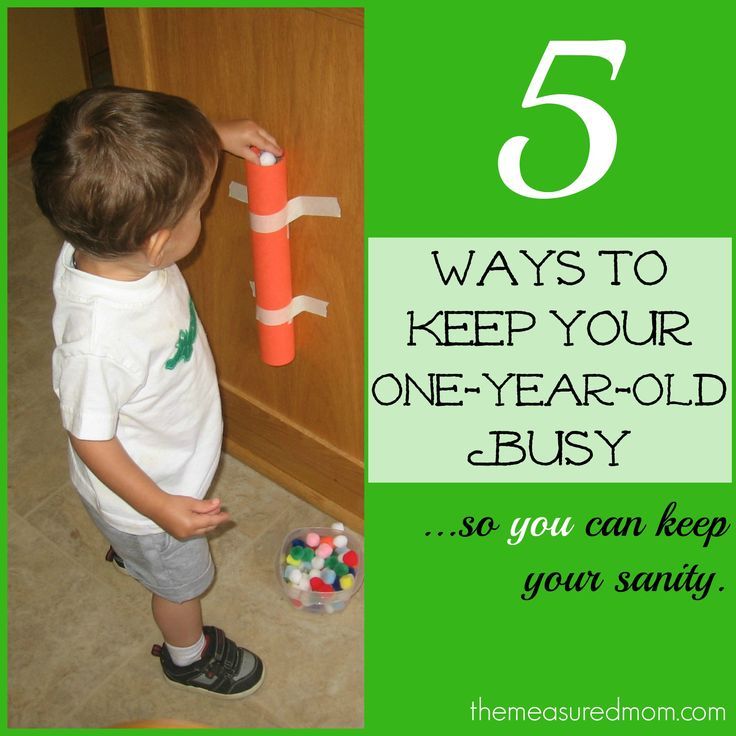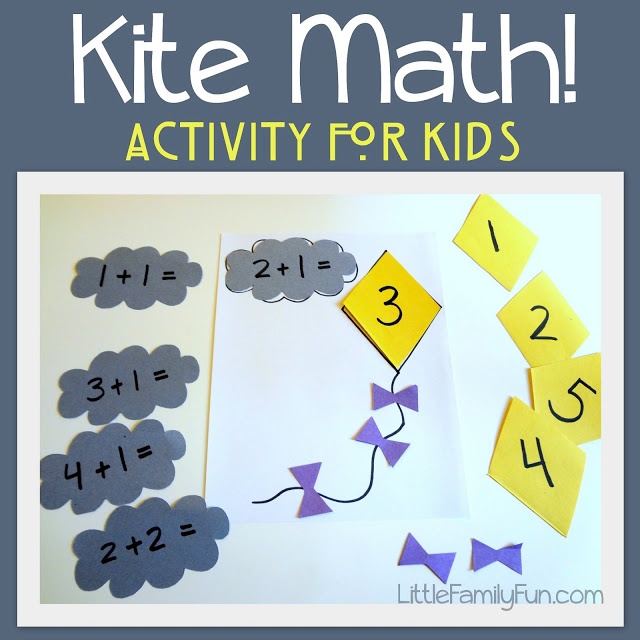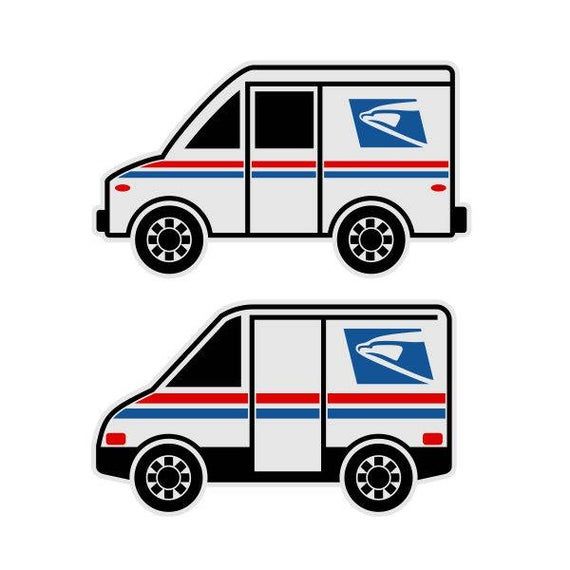Vowel lesson plans
Recognizing Vowels Lesson Plan
Objectives:
- Students will learn how to recognize and remember the vowels as a subset of letters, as distinguished from consonants.
- Students will become familiar with capital and lower-case forms of vowels.
About the Concept:
Recognizing and distinguishing vowels from consonants is an important step in the development of reading and writing skills since all words and all syllables in words contain at least one vowel. Once students recognize the vowels in both capital and lower-case forms, the stage is set for learning rules and spelling patterns for short and long vowels, final vowels, unaccented vowels, diphthongs, digraphs, silent vowels, and irregular spellings. The vowels in written English are
a, e, i, o, u and sometimes y. The letter y is a vowel when it occurs in medial or final position within a word or syllable or when it occurs in initial position in proper names like Yves, Yvonne, and Yvette (pronounced EEV, ee-VON, and ee-VET). (The letter w may also act like a vowel if it follows the letters a, e, or o.) When students have learned to recognize the vowels in Name Those Vowels, they can learn the long and short vowel sounds through the song, Oh, Do You Know? (Sing Your Way Through Phonics, Volume 1). Some other songs that teach students about vowels are the Volume 1 song, Silent E, the Volume 2 Songs, Cool Vowels, The Right Diphthong, and I Before E, and the Volume 3 songs Why Does Y? and Drop It!.
Materials:
- Sing Your Way Through Phonics Volume 1 CD, Tracks 7 and 8 (Listen to audio sample)
- Sing Your Way Through Phonics Volume 1 Mini-Charts (pp. 33-40)
- Plastic letters, letter tiles, or alphabet cards (1 letter per card)
- Optional: newspapers, crayons, highlighter markers, students’s name cards
Note: If you do not have the CD or Mini-Charts, you can still teach this recognizing vowels lesson plan using the folk tune listed on the Name Those Vowels Song Lyrics page.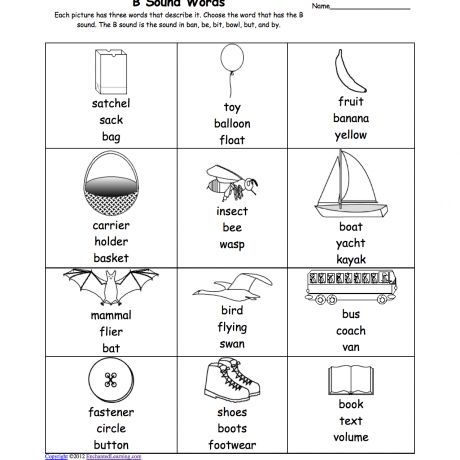 You can create your own mini-charts using the words in bold print letters in each verse of the Song Lyrics.
You can create your own mini-charts using the words in bold print letters in each verse of the Song Lyrics.
Find out more about Sing Your Way Through Phonics products.
Order our cost-saving Volume 1 Combo online.
Procedure:
- Say, “Now that we can recognize our letters, let’s find out about a special group of letters we call vowels.”
- Distribute capital letter cards A, E, I, O, U, and Y to six students, one card per child.
- Tell the class that these are the vowel letters and that every word has at least one vowel letter in it. Ask the class to name the vowel letters on the cards.
- Distribute lower-case letter cards a, e, i, o, u, and y to six other students and ask the students to name these lower-case letters.
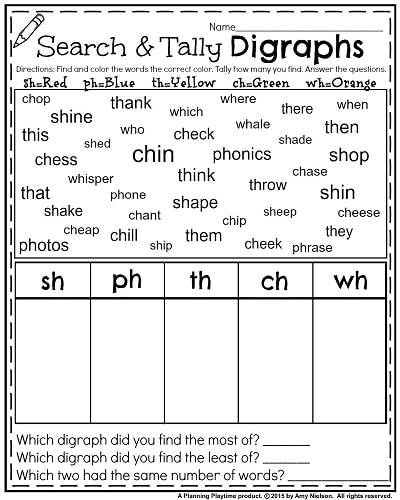
- Ask the students holding the lower-case letters to stand next to their partner letters, forming the pattern Aa, Ee, Ii, Oo, Uu, Yy and ask the students to name this set of vowel letters. (Students should just name the letters without saying “capital” or “lower-case.”
- Set the twelve letter cards on the chalk ledge and call six students to select either a capital or lower-case letter from each set of partners. Ask the six to line up facing the class. (Example: A-e-i-O-U -y) Ask the class to name the set of vowels they see.
- Repeat Step 6 with one or two more groups, forming other combinations of capital and lower-case vowel sets.
- Say, “Now we are going to listen to a song about the vowel letters to help us remember them.
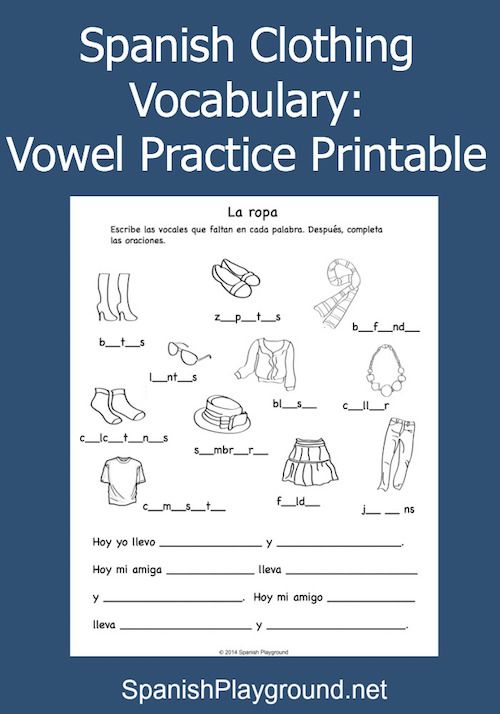 At first, the singers will name and sing all the vowel letters. Then, you will hear a clap when one of the vowels is left out. See if you can think the names of each vowel that is left out.” Play Sing Your Way Through Phonics Volume 1 CD, Track 7--Name Those Vowels and point to the Mini-Charts on pages 34-40.
At first, the singers will name and sing all the vowel letters. Then, you will hear a clap when one of the vowels is left out. See if you can think the names of each vowel that is left out.” Play Sing Your Way Through Phonics Volume 1 CD, Track 7--Name Those Vowels and point to the Mini-Charts on pages 34-40. - Point to Mini-Chart p. 35. Ask, what vowel was left out? (A)
- Point to Mini-Chart pages 36-39, asking what vowels were left out on each page.
- Say, “What happened at the end of the song?” (All the vowels were sung again.)
- Say, “Now, let’s try singing the song with the CD.”
- Play Track 7 again, pointing to the Mini-Charts and reminding the students to just “think” the names of the left-out vowels in their heads and clap for each vowel they don’t sing.
- Ask students, “What do we call the special set of letters we practiced today?” (vowels) “And what are the vowel letters?” (a, e, i, o, u, and sometimes y)
Follow-up:
- Practice singing Name Those Vowels daily for a few days.
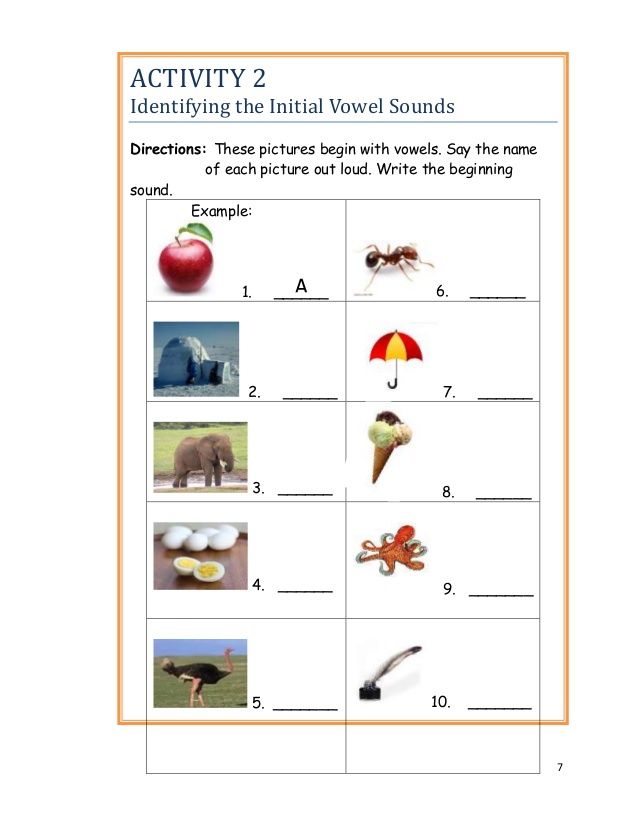 Then try singing the song without hearing the words, using the instrumental track (Track 8). Allow different students to point to the Mini-Charts words while singing.
Then try singing the song without hearing the words, using the instrumental track (Track 8). Allow different students to point to the Mini-Charts words while singing. - Using the Mini-Chart Templates, vary the order of vowels (Ex: e-o-i-u-a) and mix upper and lower-case (Ex: I-U-a-o-E).
- As a learning center task, have students do letter sorts, separating vowels from consonants. Be sure to include capital and lower-case letters. Use plastic letters, letter cards, or Scrabble tiles.
- Find vowels in books and magazines. Call attention to alternate print forms of the letter a. This might also be a good time to call attention to alternate print forms of the letter g.
Extensions:
- Introduce the Read-and-Sing Book, Name Those Vowels.
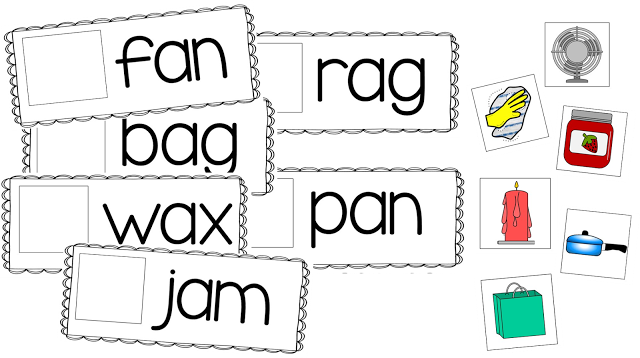 Readers can point to the vowels imbedded in the illustrations while singing this playful song set to the folktune Bingo. Each time a vowel is omitted in the lyrics, singers can substitute a clap, a pencil tap, a knuckle rap, a foot stomp, a rhythm instrument sound, or the word, "Sh!" Keep a few copies of the book at a literacy center equipped with headsets so that students can gain practice in listening, singing, and remembering the names of the vowels.
Readers can point to the vowels imbedded in the illustrations while singing this playful song set to the folktune Bingo. Each time a vowel is omitted in the lyrics, singers can substitute a clap, a pencil tap, a knuckle rap, a foot stomp, a rhythm instrument sound, or the word, "Sh!" Keep a few copies of the book at a literacy center equipped with headsets so that students can gain practice in listening, singing, and remembering the names of the vowels. - In newspapers, circle words with 1 vowel in red, 2 vowels in blue, 3 vowels in green, 4 vowels in orange, 5 vowels in black. Have a timed contest to see who can find the most examples of each. Winners need to read out the vowels in the words they circled to check for accuracy.
- Teach students American Sign Language for the vowels. Have them sign the letters as they sing.
- Play A-E-I-O-You! Each student says these five vowels and points to another student on the word “you.” After everyone has had a turn, everyone says the vowels in unison and all point to the person of their choice on the word “you.
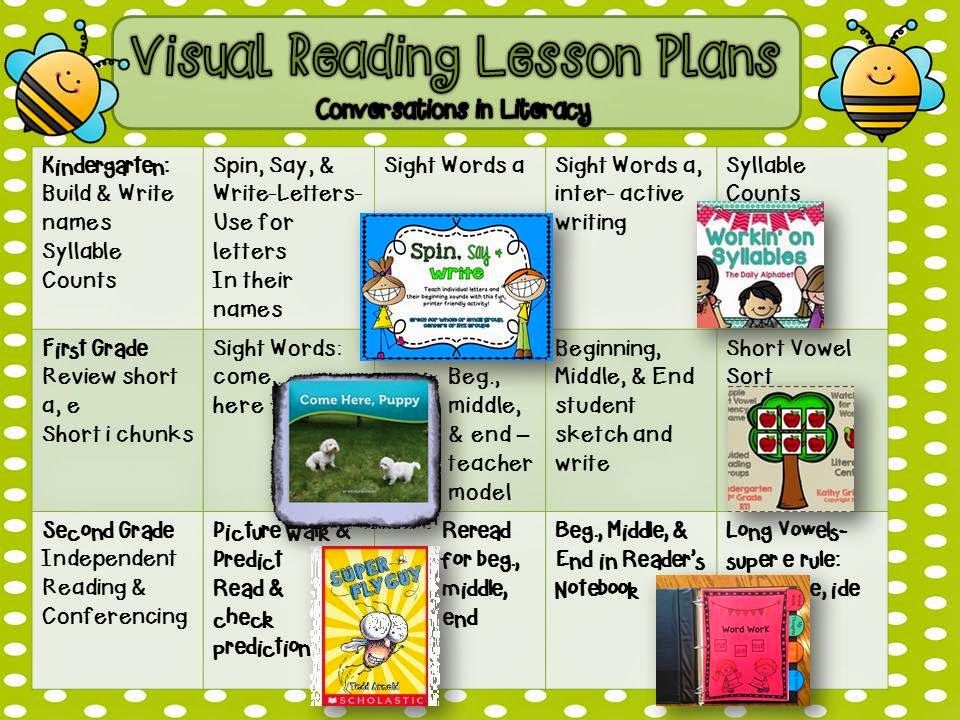 ”
” - Examine the vowels in students’s names. Have students trace the vowels on their name cards in a contrasting color crayon or highlighter marker. Do this with simple words in students’ sight vocabulary. (Ex: stop, walk, exit, baby)
- Compare objects and animals in alphabet books for the vowel letters. For example, one book might display an apple for the letter a while another might display an ape for the same letter.
Evaluation:
- Students correctly read all the vowels on Mini-Charts pp.34 and 40 without assistance, or
- Students pass a written test where they circle capital and lower-case vowels sprinkled in among consonants.
Order our cost-saving Sing Your Way Through Phonics Volume 1 Combo online ($33.95) containing the CD, Mini-Charts, Song Lyrics, and Teaching Suggestions — everything you need for this lesson! Or, print out an order form to mail/FAX to us.
Vowel Lesson Plan | Study.com
English Courses / Language Arts: Lesson Plans & Games Course / Phonics & Spelling Lesson Plans Chapter
Instructor: Sharon LindeShow bio
Sharon has an Masters of Science in Mathematics and a Masters in Education
Help teach and reinforce vowel concepts with this lesson plan. Students first differentiate between consonants and vowels, then learn about different types of vowels. Finish up with a sorting activity that applies concepts.
Learning Objectives
After this lesson, students will be able to:
- define 'consonants' and 'vowels'
- be able to identify consonants and vowels
- describe different types of vowels
Length:
- 1 hour
Materials
- Small round blank stickers
- Magazines
- Scissors and Glue
- Markers
- Copies of the lessons Vowels & Consonants: Lesson for Kids and Long & Short Vowels: Sounds & Word Examples on a shared reading device
Key Vocabulary
- Vowels
- Consonants
- Long vowels
- Short vowels
Curriculum Standards
- CCSS.
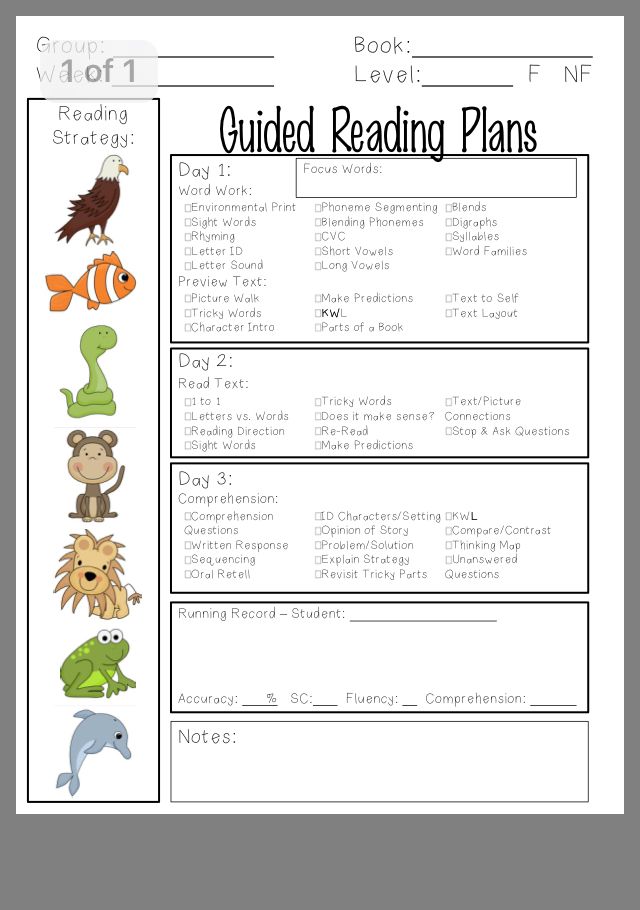 ELA-Literacy.RF.K.1.d
ELA-Literacy.RF.K.1.d
Recognize and name all upper- and lowercase letters of the alphabet.
- CCSS.ELA-Literacy.RF.K.2
Demonstrate understanding of spoken words, syllables, and sounds (phonemes).
Instructions
- Gather students together on the carpet. Engage students with the content by singing the Alphabet Song with them, or any other song they know related to the alphabet or letters.
- Tell students they will be learning about two ways to categorize letters. Write the words 'Consonant' and 'Vowel' on chart paper, drawing a line between.
- Show the first lesson Vowels & Consonants: Lesson for Kids and read the first section, 'The Two Groups,' to and with students. Allow students to respond to questions in this section.
- Now read the 'Vowels' section. As you say each vowel, write it under the title on chart paper. Have students repeat the vowel as you write.
- Repeat for the 'Consonants' section.
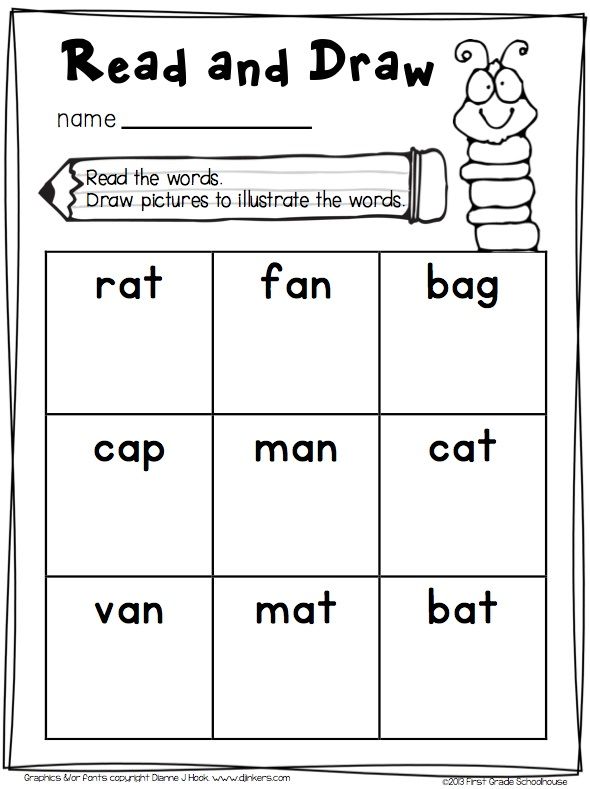
- Next read the section 'Remembering the Vowels' with students. As you read, pause to give each student five stickers; allow them to write the vowels on the stickers and place on the correct finger.
- Finish reading this section, doing the finger play along with the lesson. Show students how to represent the letter 'y.'
- Read the Lesson Summary together with students, saying each letter of the alphabet.
- Now tell students they will focus on only vowels. Give each students a sheet of paper and instruct them to place their sticker on the paper, separating with three fingers between each.
- Have them draw lines to separate letter sections and tell them to set their papers aside.
- Display the lesson Long & Short Vowels: Sounds & Word Examples and tell students they'll be learning about different kinds of vowels.
- Review by reading the section 'What Is a Vowel?'
- Next write the words 'bug' and 'bugle' and ask students to say these words to a partner and discuss how they're the same and different.
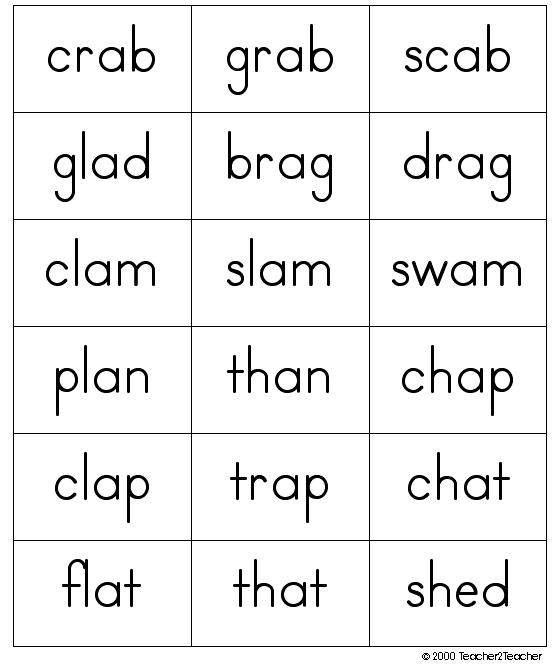 Explain that the word 'bug' has a short sound and 'bugle' a long sound.
Explain that the word 'bug' has a short sound and 'bugle' a long sound. - Write 'Long Vowels' on the chart paper and read the section with the same title. As you identify ways to create long vowels, write them on the your chart paper along with examples. Have students repeat after you.
- Repeat for the 'Short Vowels' section.
- Practice having students identify long and short vowels in words by saying words and having a volunteer student come up and point to the long or short vowel side of the chart paper.
- Read 'Using Long and Short Vowels Together,' writing and saying each word. Allow students to identify the long and short sounds in each word with a pointer or highlighter.
- Read the Lesson Summary and answer any questions.
Activity
- Students will now return to their vowel pages. Instruct students to look through magazines for words that contain the vowel sounds; Students should cut out and glue in the correct section.
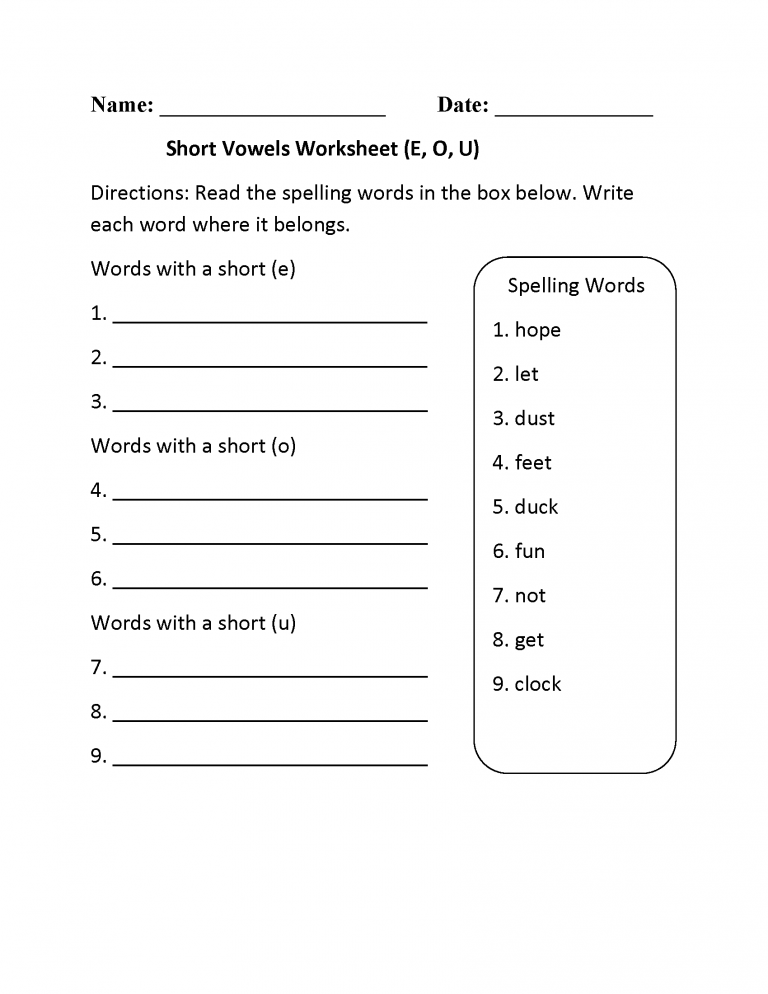
- For students who are ready, have them circle words with long vowels with a red marker and short vowels with a blue. For words with both, have them circle in purple.
- As students work, circulate the room to help and guide learning. Pull students who need extra help aside for a guided group experience.
- Share and display pages in the classroom.
- Syllables Lesson for Kids: Definition & Rules
- What Are CVC Words? - Lesson for Kids
To unlock this lesson you must be a Study.com Member.
Create your account
Register to view this lesson
Are you a student or a teacher?
Unlock Your Education
See for yourself why 30 million people use Study.com
Become a Study.com member and start learning now.
Become a Member
Already a member? Log In
Back
Resources created by teachers for teachers
Over 30,000 video lessons & teaching resources‐all in one place.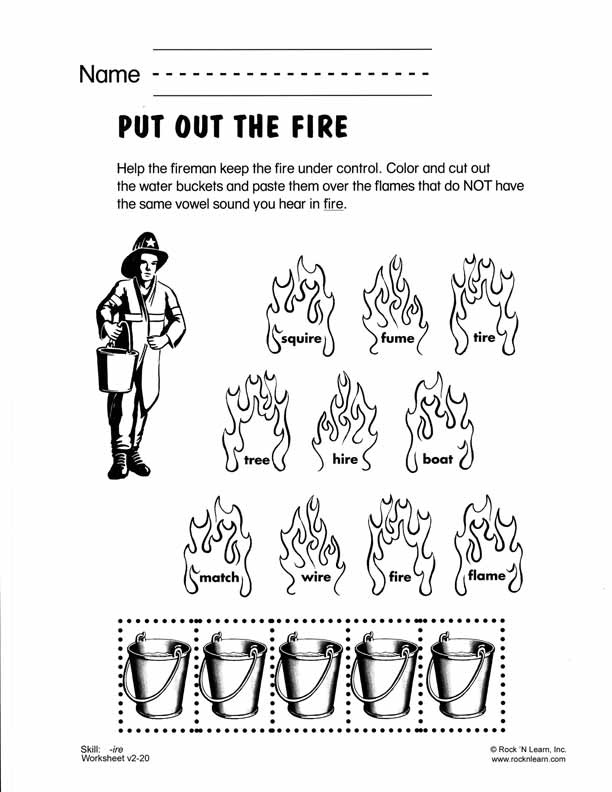
Video lessons
Quizzes & Worksheets
Classroom Integration
Lesson Plans
I would definitely recommend Study.com to my colleagues. It’s like a teacher waved a magic wand and did the work for me. I feel like it’s a lifeline.
Jennifer B.
Teacher
Try it now
Back
Outline of the lesson on the topic: "Vowels and consonants and letters"
Grade: 2
Topic: Vowels and consonants sounds and letters.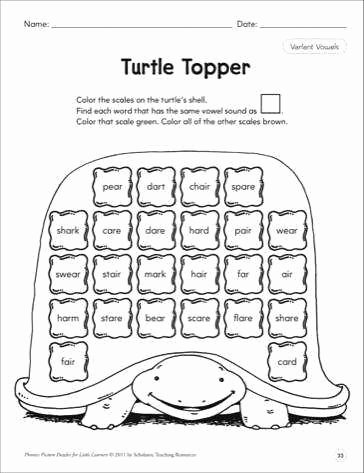
Type Lesson:
Lesson generalization and systematization of knowledge.
Main didactic goal of the lesson:
Summarize knowledge of vowels and consonants, bring them into the system
Objectives :
1. Educational :
- generalize students' knowledge about the role of vowels and consonants in the language;
- continue forming the ability to distinguish vowels and consonants sounds and letters and give them a description;
- update knowledge students about the work of vowels and consonants;
- provide application learners knowledge in practice.
2. Educators :
- arouse interest in learning the Russian language as a science;
- create conditions for interested work in the lesson;
3. Educational :
- promote expansion outlook;
- develop speech;
Equipment to lesson : notebook and other stationery, computer, tape letters.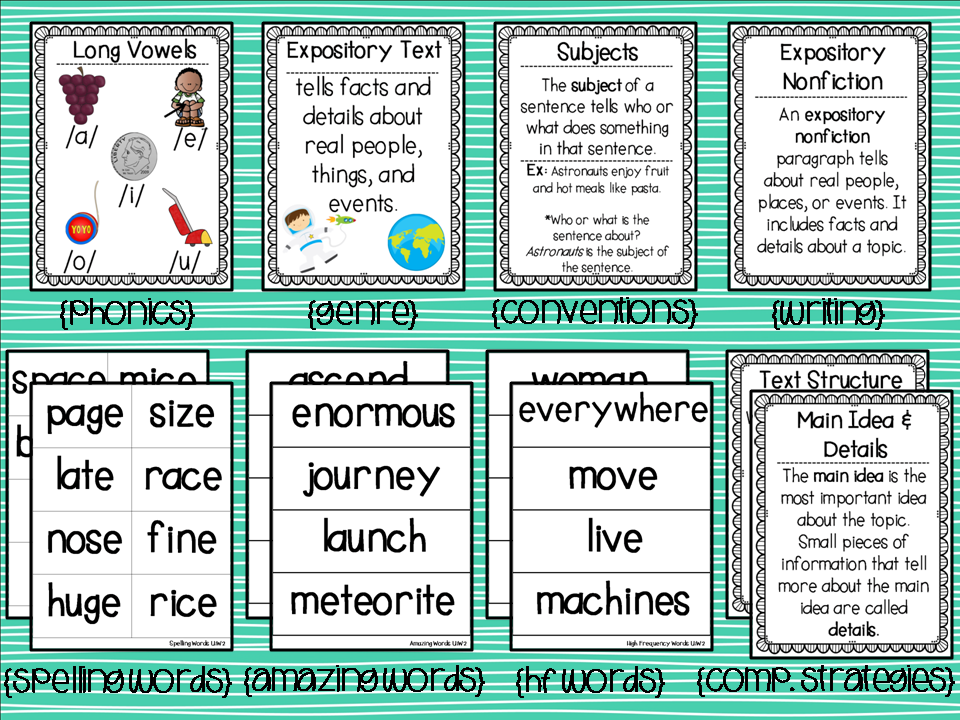
Lesson progress:
1) Organizational stage : (readiness check to the lesson, correct posture).
-C gladly came to study you today?
- What does every student need to become a good student?
Remember, the one who works hard, he will achieve something. “Study and work will grind everything”
-How do you understand the meaning of this proverb? There is another proverb which will help us today in the lesson: "Repetition is the mother of learning"
topics and objectives of the lesson &
Today we will go on an exciting journey through the Land of vowels and consonants sounds and letters, where you will remember the vowels and consonants, what they are for needed and what functions they perform.
Finger gymnastics .
A now we must do a good warm-up in order to do it beautifully and correctly notebook entries
- start the engine of the car
(rotation fists)
- show how our heart works
(squeezing and unclenching hands)
- rise up the stairs and down
(large with a finger, press on the pads of the fingers in order)
- one, two, three, four, five, (fingers are bent in order into a fist)
and immediately:
all fingers went to sleep.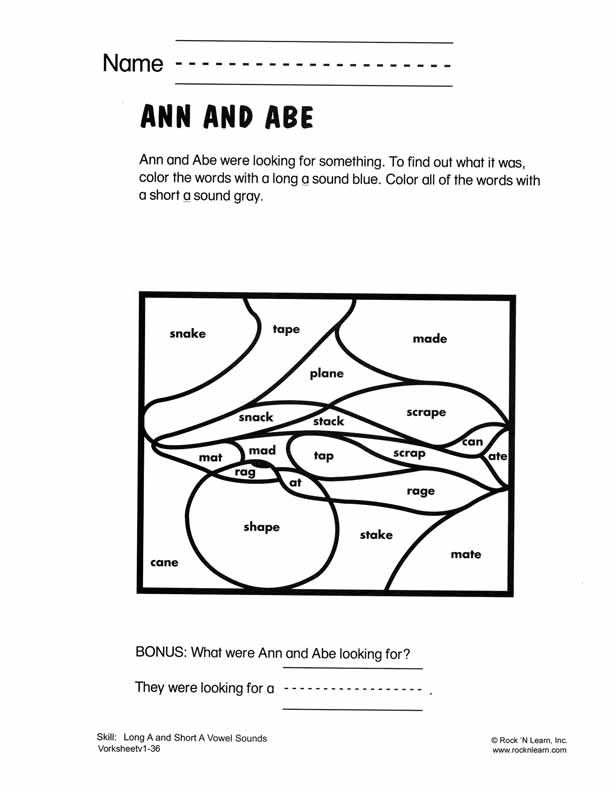 (tilt cams)
(tilt cams)
- all of a sudden wake up, stretch.
Warm up did just great. Now our fingers and hands will be good assistants.
3) Update knowledge:
1) Minute calligraphy.
- Open notebooks and write down the date and “Classwork”
- What letter do you most want to write now?
- Describe this letter and its sound?
- Write in the notebook capital and lowercase side by side. Continue in this way until end of line. Choose the most beautiful letters and underline.
- Well done!
4) Generalization and systematization of knowledge
a) - A now I open the ribbon of letters. Let's take a closer look at it.
- Why are some letters highlighted in red and others in blue? - vowels, blue - consonants). Why did 2 letters remain gray with us? (This is b and b hnak.they have no sound)
- What do you know about vowel sounds? (vowels are sung)
- How many are there in Russian? (6) And how many vowels? (10)
- Let's remember how to pronounce vowel sounds (a, o, u, i, s, e)
- How are sounds written in writing? (in square brackets)
- Name the letters of the vowels that indicate hardness consonant sound (a, o, y, s, e)
- What are the letters of vowels that indicate the softness of the consonant sound (i, e, e, i, j)
- Which of these letters can represent two sounds? (I, yo, e, yu) (I-ya, Yo-yo, E-ye, Yu-yu)
- When do they represent two sounds? (at the beginning of a word, after vowels, before ъ and ь signs)
- Let's give examples of such words.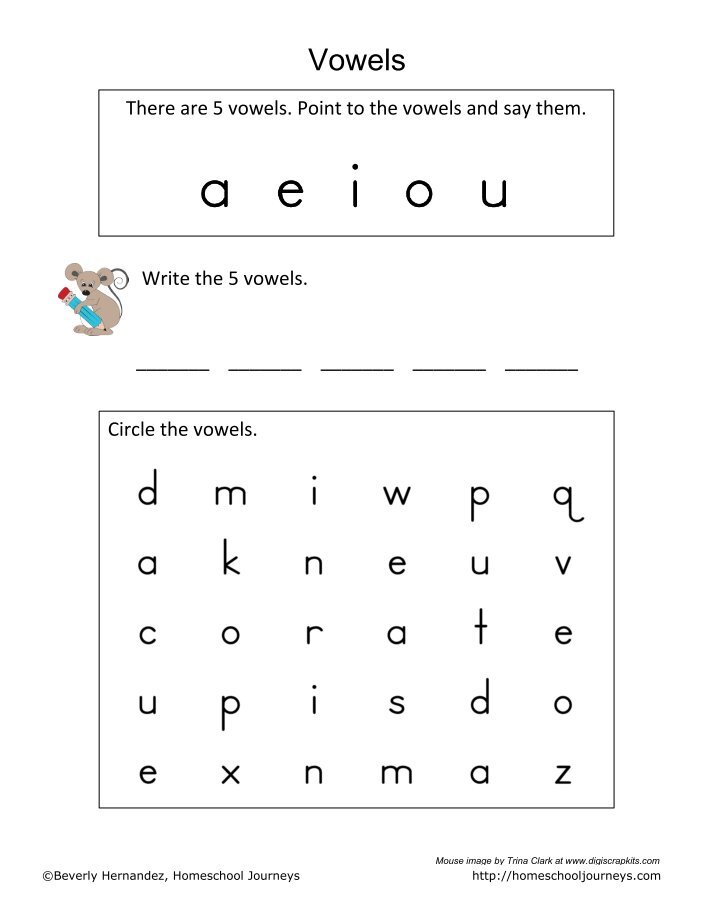
For example, clear, singing, pouring, entrance.
- Can a syllable consist of only one vowel sound? (yes)
- Can a syllable be made without vowels? (no)
- Let's conclude, for this the necessary vowels?
(vowels sounds are needed to form a syllable.)
-Try parse the words that we cited earlier, by syllables. - 2 syllables each, and in the word pours - one syllable)
Remember how many vowels in a word, so many syllables!
b) Gymnastics for the eyes.
Not turning heads (head straight), with eyes closed, look to the right at count 1-4, then left to count 1-4 and straight ahead to count 1-6. Raise your eyes up to count 1-4, drop down to count 1-4 and look straight at count 1-6. Repeat 4-5 times.
c) On screen sounds: [g], [r], [m], [c], [y], [f].
-What extra sound? [y] Why? (vowel, and the rest are consonants)
-And you Do you know poems about consonants?
Then I will read to you now, and you repeat after me:
A consonants agree
Rustle, whisper, creak,
Even snort and hiss,
But not they want to sing.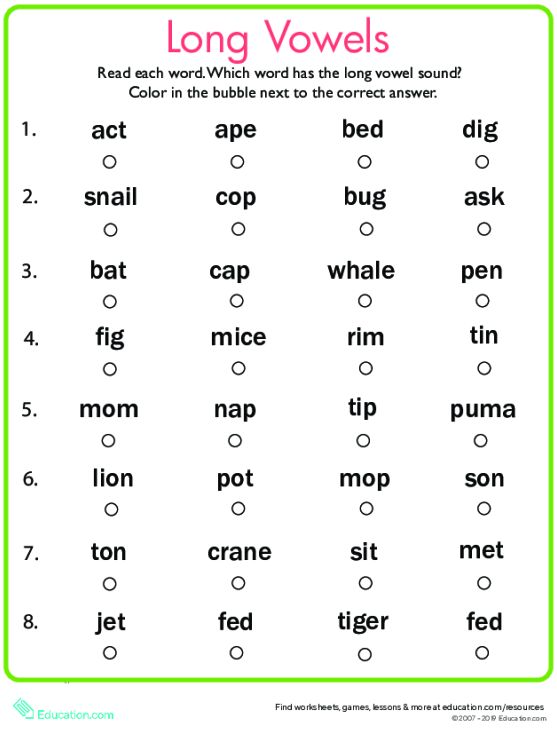
Ccc - serpentine whistling is heard,
Shhsh - the rustle of a fallen leaf.
Zhzhzh - bumblebees in the garden are buzzing,
Prr - motors rumble.
d)-as consonant sounds?
- What can you say about the consonant sound? (it consists of voice and noise or only from noise)
What Do letters represent consonants? (b, c, d, e, g, h, d, k, l, m, n, p, r, s, t, f, x, c, h, w, w)
- On what groups are consonant sounds divided into? (into soft and hard, into deaf and voiced, into paired and unpaired)
Than is softness indicated in the letter of a consonant sound? (indicated by vowels e, e, u, i, i, as well as a soft sign)
- I I’ll give you such words for comparison - onion-hatch, chalk-stranded. Where soft consonants, but where are the hard ones, tell me?
- A now we will switch to paired consonants.
name couples for me! (b-p, v-f, g-k, d-t, w-w, s-s - hard and equally soft)
- The rest of the consonants were left without a pair.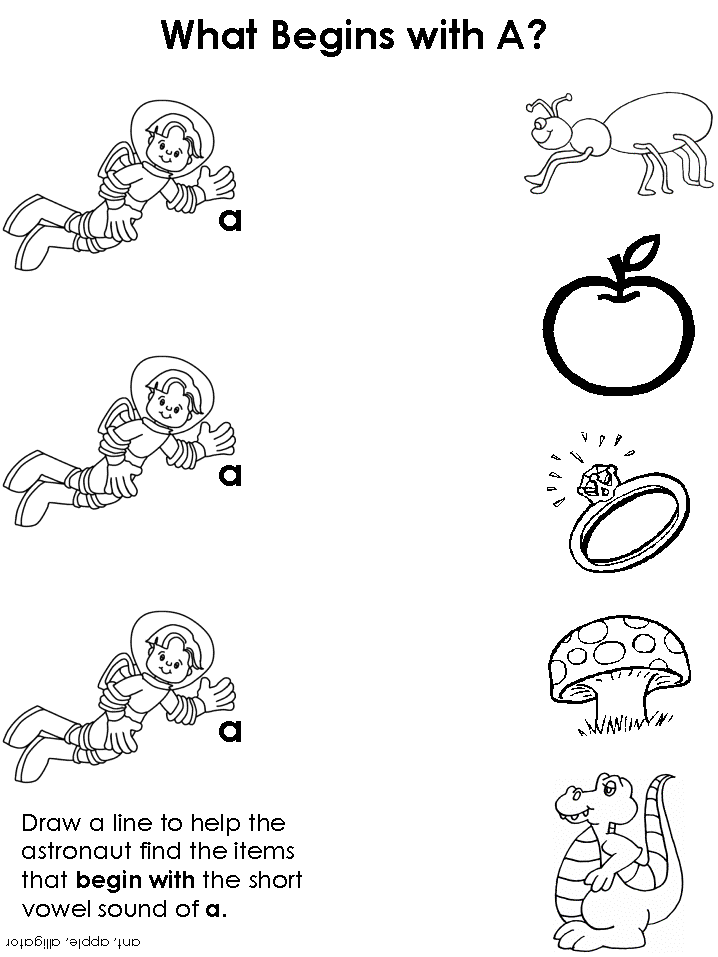
- Name the letters of unpaired voiced consonants (l, m, n, p, d)
- What can you say about the letters ha, tse, che, shcha? (letters of unpaired deaf consonants sounds)
- Name the letters of always soft consonant sounds. (j, h, w)
- Name the letters of always solid consonants. (w, w, c)
- I once again, how is it different from all other letters b and b? (they are not denote sound)
- And finally, can a consonant sound form a syllable without a vowel? (No, a syllable formed only together with a vowel sound)
Well done! You have successfully passed the test for knowledge of vowel sounds!
e) Physical education minute.
times, two, three, four, five
Started hare jump,
jump hare is much,
he jumped ten times.
5) Application knowledge and skills in a new situation
a) A Now let's practice a little in applying our knowledge.
- The letters on the screen are: Z, K, A, C, E, H, M, I, Yu, B.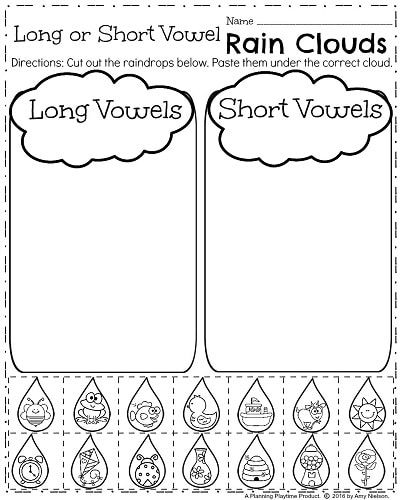
these letters are in 2 groups.
- On what basis did you separate the letters? (vowels and consonants)
Name letters in each row. Complete each row with your examples of two letters.
Pick up words that begin with letters representing consonants. And now, vowels.
b) Guess the riddles and we will make a sound analysis of the riddle words.
A horse is racing across the sky -
Fire flies from under your feet.
The horse beats with its mighty hoof
And splits the clouds.
So hard he runs,
That the earth trembles below. (thunderstorm).
I am shaggy, I am shaggy,
In winter I am above every hut,
Above the fire and the factory,
Above the fire and the steamer.
But nowhere - nowhere me
There is no fire without fire. (smoke)
Escapes like a living thing,
But I won't let him out.
The matter is quite clear:
Let him wash my hands.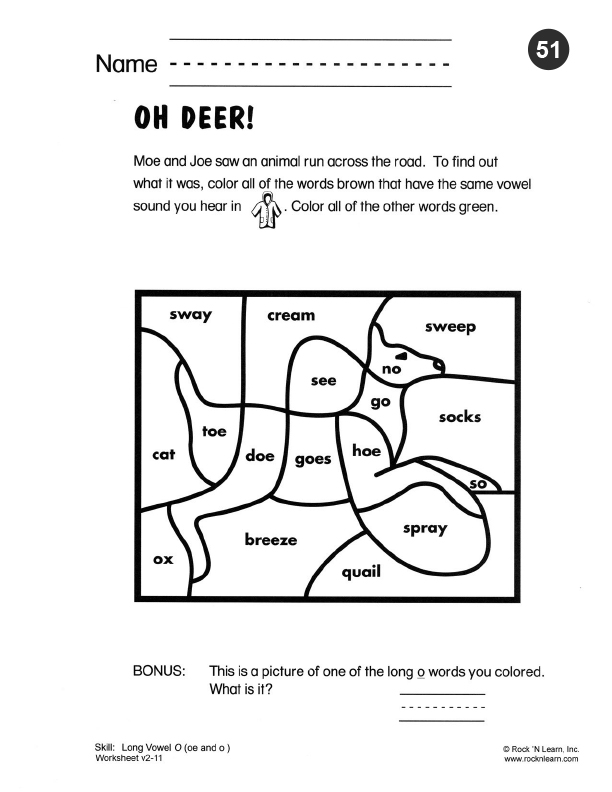 (soap).
(soap).
6) Control assimilation, discussion of the mistakes made and their correction
- What was studied and repeated on lesson?
-Can you tell the difference between letters and sounds?
- Is the statement "The number of syllables determined by the number of vowels in a word?
I rate you for the lesson 5(4, 3..)
7) Information about homework
Repeat all the vowels and consonants and letters.
Write out the last riddle 5 words and do sound analysis.
8) Reflection.
- What do you like most did you like the lesson?
- Continue saying:
I liked it...
I did it...
It was hard for me...
| Outline of the lesson in the Russian language (grade 2) on the topic:
Outline of the lesson on the topic: Vowels and consonants.
Grade: 2 "b"
Lesson type: consolidation
Purpose: to systematize knowledge about vowels and consonants
Tasks:
Educational:
- to consolidate the ability to see the differences between sounds and letters
- repeat information about acoustic and articulatory differences between vowels and consonants- find out the role of vowels and consonants in distinguishing words
- to consolidate the ability to distinguish between vowels and consonants, to designate vowel sounds in writing follow instructions, answer questions;
Educational:
- to cultivate conscious discipline in the classroom, respect for each other.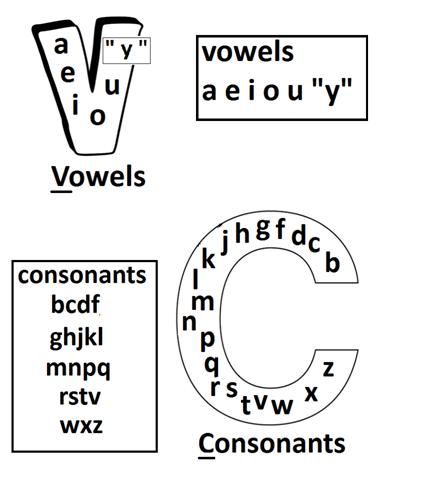
- stay motivated to study, focus on understanding the reasons for success in studies, show interest in new educational material
Equipment: textbook, presentation
Lesson structure.
- Organizational moment (1 minute)
- Actualization of knowledge (2 minutes)
- Vocabulary and spelling work (7 minutes)
- Formulation of the topic of the lesson
- Work on the topic of the lesson (20 minutes)
- Consolidation of the learned (7 minutes) 903
Updating knowledge
- Guys, who will remind us what we learned in the last lesson?
- What is a letter?
- What is the difference between sounds and letters?
- What is the alphabet?
- How to arrange words in alphabetical order?
- a sign for sound designation
- we hear and pronounce sounds, and we write and read letters
Vocabulary and orthographic work0005
- Expand your vocabulary with new words.
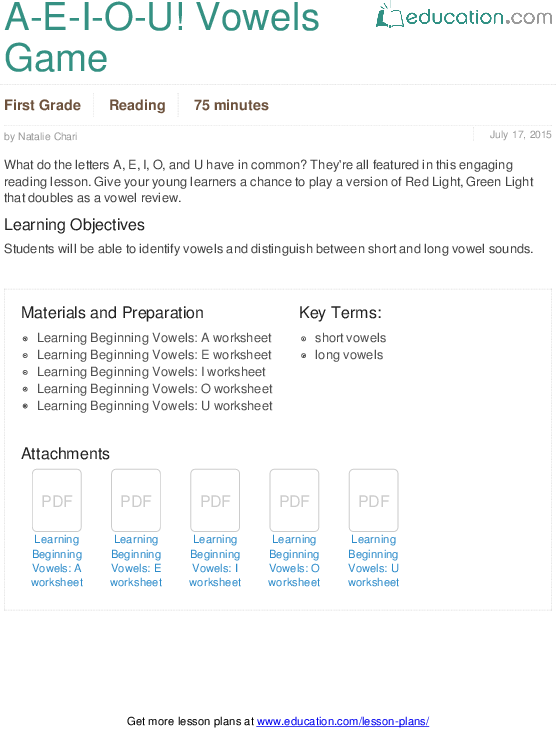 Write down the words from the textbook in the section “Your Dictionary” on page 43, put the stress, underline the letters denoting vowels with a red pencil, the letters denoting consonants in blue.
Write down the words from the textbook in the section “Your Dictionary” on page 43, put the stress, underline the letters denoting vowels with a red pencil, the letters denoting consonants in blue. - Make up and write down a sentence with any of these words.
- How does the meaning of the sentence change with the appearance of these words?
- Let's read the words the way they are spelled (spelling)
- Now let's read the words the way they are pronounced.
- let's compare what happens. Make a conclusion.
- Count how many vowels and how many consonants you have underlined.
- Which is more important: vowels or consonants?
- one day, suddenly, soon
- The pronunciation and spelling of some words do not match, the spelling of such words must be memorized
- 11 consonants, 6 vowels
Children's suggestions
A fairy tale will help check your assumptions.
 Listen to her carefully.
Listen to her carefully. “Always together”
Once vowels and consonants didn't get along and went in different directions. Consonants huddled together, they wanted to talk - and nothing...
Coughed:
-Kh!
Sneezed:
Pchh!
They called a cat for some reason:
-Ks, ks, ks!
And got bored….
Suddenly:
- Shh!
It seemed to them that someone, somewhere, was crying... They listened.
-Aaaaaa! Oh-oh-oh! - shouted the vowels.
They were crying like little children:
- Whoa! Whoa!
Aukali:
-Ay! Ay!
And the consonants shouted to them (or rather, they wanted to shout, but they only managed to mutter indistinctly):
-BDM VSHD VMST!
And they heard joyful, but also indistinct:
-U-E-E-A-E-E!
They made peace, stood side by side again, distinctly said:
-WE WILL ALWAYS BE TOGETHER!
And since then they have never been separated again.
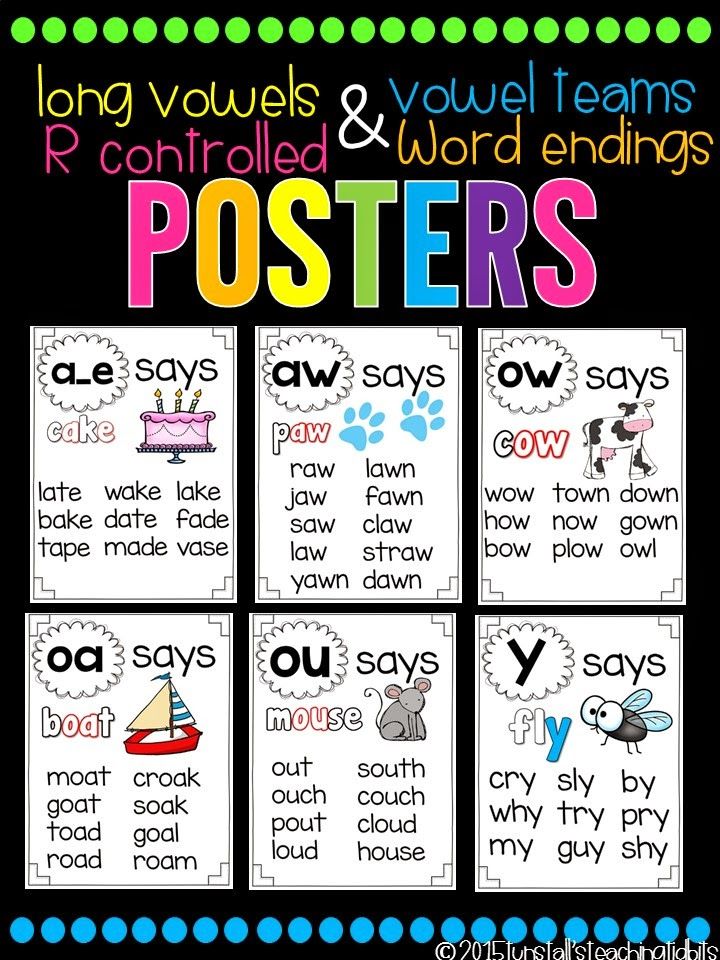 They cannot live without each other. Who then will form the words?
They cannot live without each other. Who then will form the words? - Were your assumptions correct?
- What conclusion can be drawn?
- Today at the lesson we need to learn to distinguish between vowels and consonants.
- Vowels and consonants cannot be without each other
Work on the topic of the lesson
- Read the poem by V. Berestov. Open your textbook to page 42 and find exercise 49.
- What does the poet say about vowel sounds?
- How are vowels indicated on the sound model?
- What does the poet say about consonants?
- How are they marked on the sound model?
- Why is a vowel sound simply indicated by a circle, and a consonant by a circle with a crossbar?
- How does this affect the sound?
- How are consonants pronounced?
- Can the sound of vowels remind us of the sounds of nature, animals? Give examples.
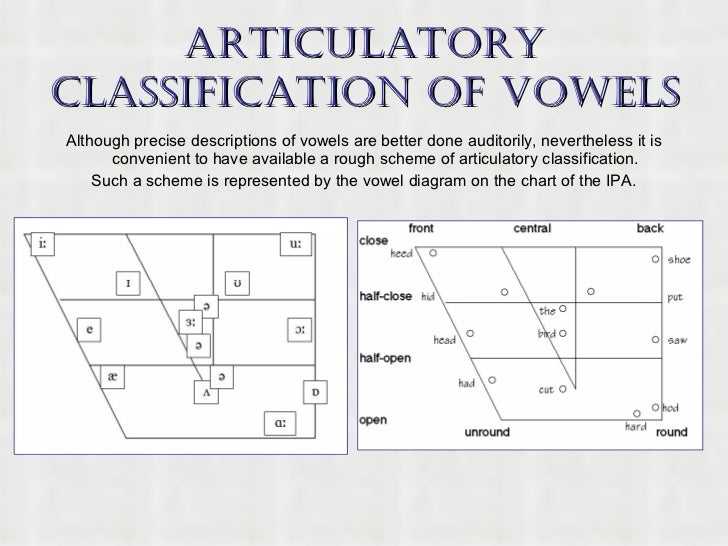
- Draw a conclusion using the text of the rubric "Knots for memory" on page 44.
- Let's do exercise 52 on page 44.
- Read the task. What is the task?
- Let's analyze the first model: the word consists of three syllables with a solid consonant and vowels - a crow, a cow, a magpie.
In your notebook, draw a sound model of the word, and under the model, write down the words you have chosen.
Sound model 2: the word consists of three syllables, but the second syllable contains a soft consonant - Marina, viburnum, glade.
In your notebook, draw a sound model of the word, and under the model, write down the words you have chosen.
- Then we distribute words with comments.
Sound model 3: the word consists of two syllables with hard consonants: duck, arch.
In your notebook, draw a sound model of the word, and under the model, write down the words you have chosen.
Sound model 4: the word consists of two syllables, the first syllable begins with a soft consonant - Mila, Rita, strength.
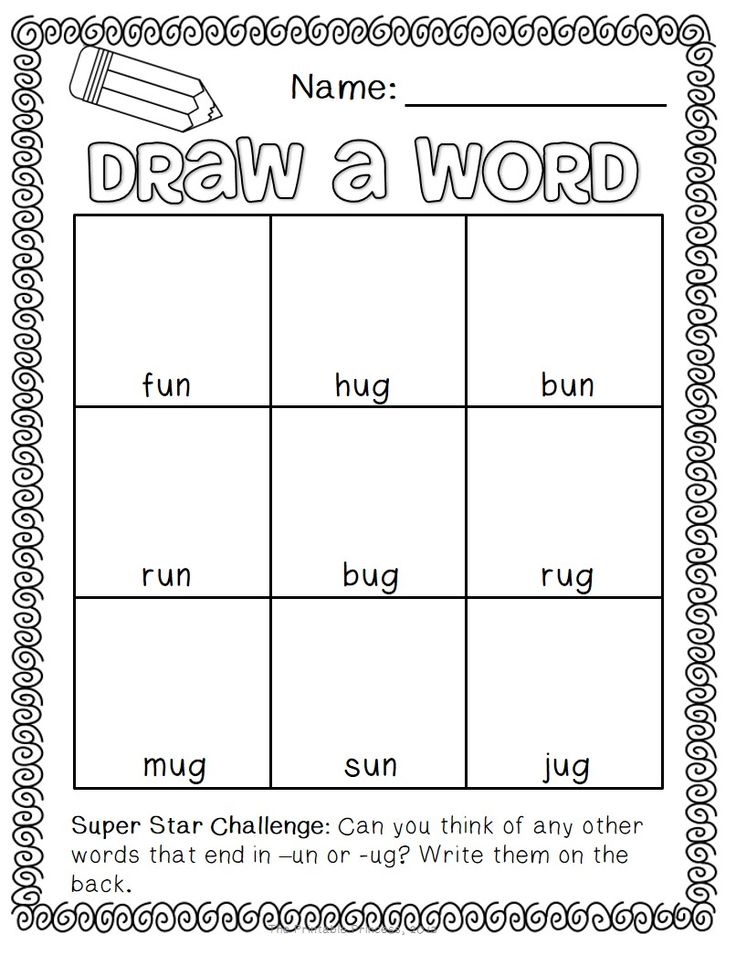
In your notebook, draw a sound model of the word, and under the model, write down the words you have chosen.
Sound model 5: the word consists of two syllables with hard consonants: fish, leg, note, mother.
In your notebook, draw a sound model of the word, and under the model, write down the words you have chosen.
Reading a poem
- vowels stretch, can scream, cry, lull, sing.
- circle
- Consonants rustle, hiss, creak, snort, hiss, grumble, whistle.
- a circle with a crossbar
- by the absence or presence of an obstruction for the exhaled air - when pronouncing vowels, the air passes freely, does not meet the air obstruction
- when pronouncing consonants, the air meets an obstacle: zu
would, lips, sky.
- sort words into sound patterns and write them down.
Combining exercise with a teacher
perform an exercise in a notebook
Fixing the material
- we will perform exercise 50 on page 43.

- What should be done in this exercise?
- Let's make an algorithm of actions.
1) look carefully, guess which letters are missing
2) read the words, inserting the correct letter
3) write down the words.
- In which case is it easier to guess which words are hidden? Why?
- Guess what words are hidden here.
- consonants allow you to recognize the word, since there are more of them in the word.
Lesson summary. Reflection
- What is the difference between sounds and letters?
- What was interesting and useful for you at the lesson?
- What caused you difficulty in the lesson?
Children analyze their work in the lesson and evaluate it.
Homework
Write down the guessed words using the letters of the vowels and consonants from exercise 50 on page 43.
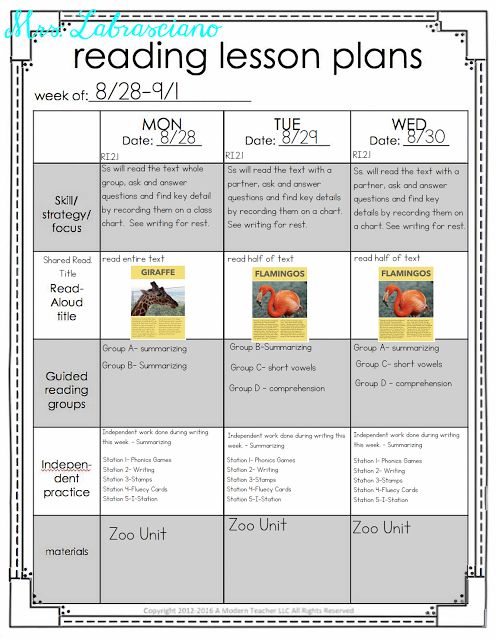
Learn more

